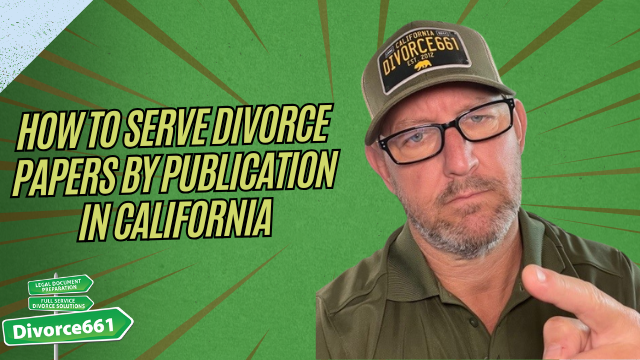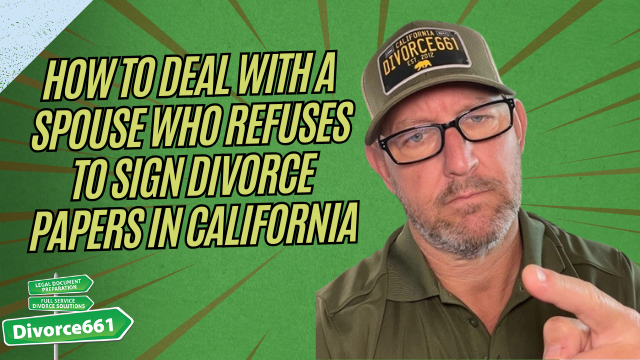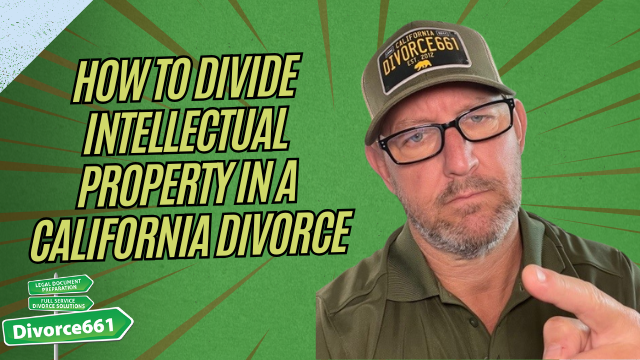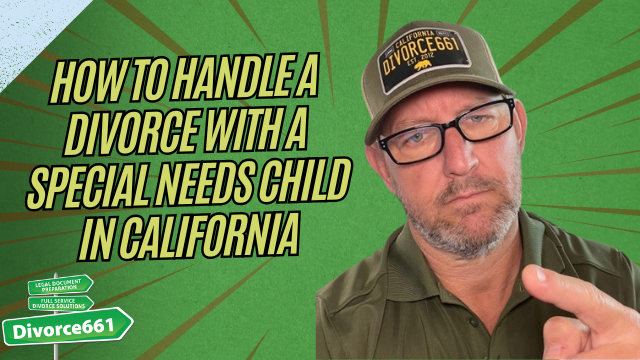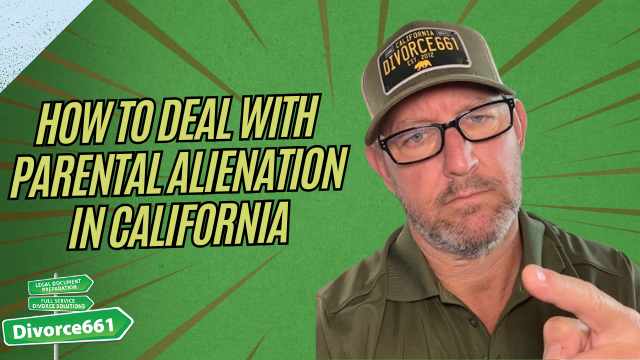How to Serve Divorce Papers by Publication in California
If you have filed for divorce but cannot locate your spouse, California allows a legal alternative called service by publication. This process lets you move your case forward even when your spouse is missing, but it requires careful documentation and court approval. Below is a clear, step-by-step guide to how service by publication works, what you must do first, and how to complete the process.
What is Service by Publication?
Service by publication is a court-approved method of notifying a missing spouse about divorce proceedings by publishing a legal notice in a newspaper. It is used when you cannot personally serve the other party because their whereabouts are unknown, and it is intended to provide reasonable notice when other methods have failed.
When Can You Use Service by Publication?
You can ask the court to allow service by publication only after you have made a thorough, good faith effort to find the other party. Courts require proof that ordinary means of locating and contacting the spouse were attempted and exhausted before they will permit publication.
Step 1: Complete a Good-Faith Search
Before you request publication, you must document a diligent effort to locate your spouse. The court expects you to try common and reasonable methods. Examples of actions to include in your search documentation:
- Attempt service at the last known address
- Contact relatives, friends, and known associates
- Check social media profiles and messaging apps
- Search public records such as DMV, voter registration, or property records
- Use online people-search tools
- Contact known employers or professional contacts
Keep records of dates, times, names of people contacted, screenshots or printouts, returned mail, and any other evidence that shows you tried to locate the person.
Step 2: File Your Request with the Court
Once you have documented your search efforts, you must ask the court for permission to serve by publication. This typically involves filing a declaration or affidavit that explains the good-faith search and why personal service was not possible. The court reviews your evidence and decides whether publication is appropriate.
What to include in your court filing
- A clear summary of all attempts to locate and serve the respondent
- Copies of any returned mail, emails, or messages
- Names and contact information of people you attempted to reach
- Details of online searches and results
- A proposed publication plan or details from the newspaper you intend to use
Step 3: Court Approval and Publication
If the court grants permission, the next step is to publish the legal notice in an appropriate newspaper. Courts will often require publication in a newspaper of general circulation in the county where the case was filed or where the respondent was last known to live. The notice must run according to the court s and newspaper s rules.
After the notice has run for the required period and you have proof of publication from the newspaper, you can file the proof of service by publication with the court. That proof allows you to proceed with the case.
Step 4: Proceeding After Publication
Once publication is complete and proof is on file, you may be able to request a default judgment if the missing spouse does not respond. A default judgment lets the court decide issues such as property division and, if applicable, child custody and support without the other party s participation.
Real Client Example
We recently helped a client who had not seen their spouse in over five years. We documented every step of the search, prepared and filed the court request for publication, and arranged for the legal notice to run in the local newspaper. After the notice ran, we filed proof of publication with the court and successfully moved forward with a default judgment to finalize the divorce.
“How do I serve the papers if I don’t know where they are?”
That question is exactly why service by publication exists. With proper documentation and court approval, it provides a path to resolution when the other party cannot be located.
How We Help
At Divorce 661, we handle the entire process for clients who need service by publication. Our services include:
- Helping you search for the missing spouse and documenting your good-faith efforts
- Preparing and filing the necessary court paperwork to request publication
- Coordinating publication with the appropriate newspaper
- Filing proof of publication and guiding you through default procedures
We provide a full-service solution so your case stays on track and moves toward finalization even if the other party cannot be found.
Frequently Asked Questions
Do I always need an attorney to request service by publication?
No, but the requirements can be technical and courts expect detailed documentation. Many people find it helpful to get professional assistance to ensure the filing meets court standards and avoids delays.
How long does the publication process take?
The timeline depends on court scheduling and the newspaper s publication schedule. You will need to allow time for the notice to run and for the court to accept proof of publication before moving forward. Exact durations vary by county and newspaper.
Will publication guarantee a final judgment?
Publication provides notice and allows you to pursue a default judgment if the respondent does not respond. If the respondent later appears, they may have options to challenge the default depending on the circumstances.
Summary: Steps to Serve by Publication
- Conduct and document a thorough good-faith search for the missing spouse
- File a declaration or affidavit with the court requesting permission to publish
- If approved, arrange publication in an appropriate newspaper and obtain proof of publication
- File proof of publication with the court and proceed with default procedures if the respondent does not respond
If you need help serving divorce papers by publication in California, professional guidance can simplify the process and increase your chances of a smooth resolution. Proper documentation and timely filings are essential to move your case forward when a spouse cannot be found.
For assistance, you can schedule a consultation to review your situation and get help preparing the required filings and publication arrangements.

